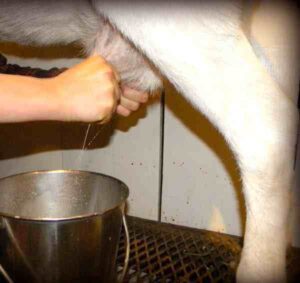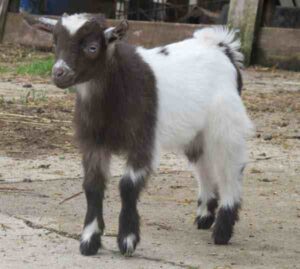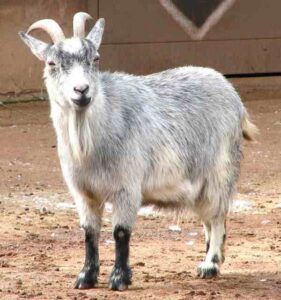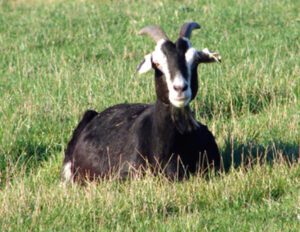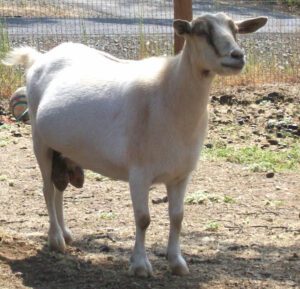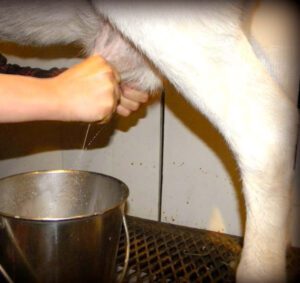The Kiko goat is a beautiful breed of goat from New Zealand. The ‘kiko’ is a Maori word which means flesh or meat. And the Kiko goat is mainly kept as a meat goat breed.
The breed was developed by Garrick and Anne Batten of Nelson in the northern South Island in the 1980s. They cross-bred local feral goats with imported dairy goat bucks of the Anglo Nubian, Toggenburg and Saanen breeds.
The Kiko goats were exported to the United States in the 1990s. There is a breed association of this goat named ‘The American Kiko Goat Association (AKGA). Read more information about this goat breed below.
Kiko Goat Characteristics
The Kiko goats are relatively large in size. Most of the goats are of white color, although they can be in almost any color. Both bucks and does usually have horns, but a fully grown Kiko buck have prominent horns.
On average a Kiko buck weights up to 80 kg and a doe weights up to 55 kg. Photo form Wikipedia.
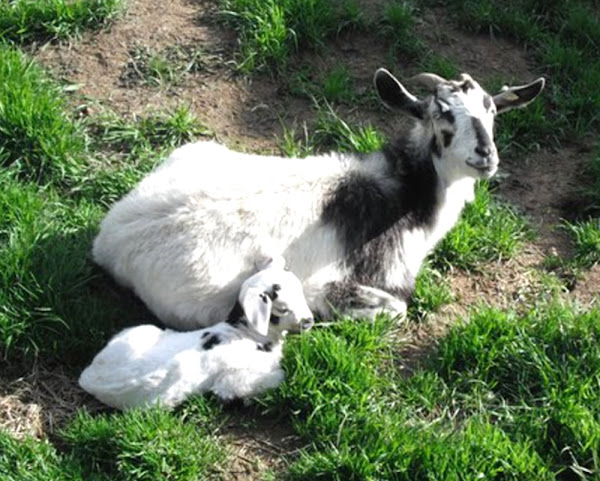
Uses
Kiko goat is among the good meat goat breeds. It is mainly raised for meat production. The breed is also suitable for commercial meat goat farming business.
Special Considerations
The Kiko goats are excellent meat goats. The are usually lower priced than the Boer goat, but higher than other meat goat breeds. They are also noted for their greater parasite resistance, rapid growth rate of kids, superior maternal instincts and improved carcass yield.
They suffer less by common health issues and they are excellent foragers. The Kiko goats are very active and hardy, and they have a high feed conversion rate. And they can gain weight easily without the need to greatly increase feed under the right conditions.
Like some other goat breeds, the Kiko goat will also eat about anything they find in front of them. However, review full breed profile of the Kiko goat in the following table.
| Breed Name | Kiko |
| Other Name | None |
| Breed Purpose | Meat |
| Breed Size | Large |
| Buck | Up to 80 kg |
| Doe | Up to 55 kg |
| Horns | Yes |
| Climate Tolerance | All Climates (very cold hardy) |
| Coat Color | Many, but mainly White |
| Good for Stall Fed | Yes |
| Rarity | Common |
| Country/Place of Origin | New Zealand |

